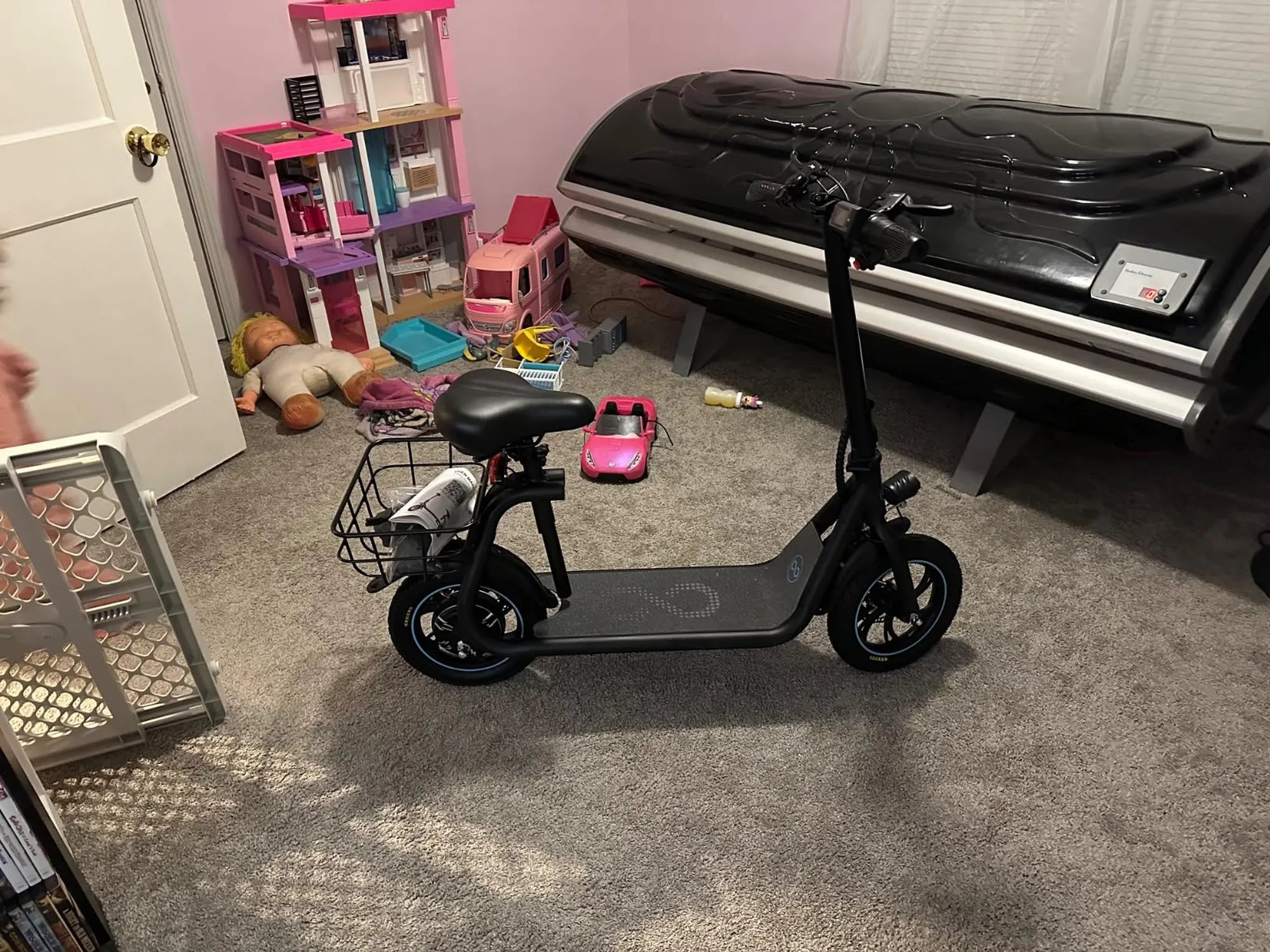Electric scooters are everywhere these days—zipping through city streets, parked on sidewalks, and becoming a go-to choice for short commutes. But have you ever wondered how these sleek, silent machines actually work? From the motor to the battery and everything in between, let’s break down the fascinating technology that powers electric scooters.
The Basic Components of an Electric Scooter
At their core, electric scooters consist of a few key components that work together to provide a smooth ride. These include:
- Motor: The heart of the scooter, responsible for propulsion.
- Battery: Stores and supplies the energy needed to power the motor.
- Controller: Acts as the brain, regulating speed and power distribution.
- Throttle: Allows the rider to control acceleration.
- Braking System: Ensures safe stopping, often with regenerative features.
- Frame and Wheels: Provide stability and support for the rider.
How the Motor Powers the Scooter
Most electric scooters use brushless DC motors (BLDC) for their efficiency and durability. These motors rely on electromagnetic fields to rotate the wheels. When electricity from the battery flows through the motor’s coils, it creates a magnetic force that turns the rotor, propelling the scooter forward. The absence of brushes reduces friction, making the motor quieter and longer-lasting.
The Role of the Battery
Lithium-ion batteries are the standard for electric scooters due to their high energy density and lightweight properties. The battery stores electrical energy and releases it to the motor as needed. Charging the battery replenishes this energy, typically taking a few hours for a full charge. Battery capacity, measured in watt-hours (Wh), determines how far the scooter can travel on a single charge.
Controller: The Scooter’s Brain
The controller is a small but critical component that manages the flow of electricity between the battery and the motor. It interprets signals from the throttle and adjusts the motor’s speed accordingly. Advanced controllers also handle regenerative braking, which recaptures energy during deceleration to extend battery life.
Throttle and Braking Systems
The throttle, usually a twist-grip or thumb lever, sends signals to the controller to increase or decrease speed. Braking systems vary, with some scooters featuring disc brakes, drum brakes, or electronic brakes. Regenerative braking is a standout feature, converting kinetic energy back into stored electricity, improving efficiency.
Frame and Wheels: Built for Stability
The scooter’s frame is typically made from lightweight yet durable materials like aluminum alloy. Wheels come in different sizes and may be solid or pneumatic (air-filled). Larger wheels provide better stability and shock absorption, while smaller wheels enhance portability.
Safety and Maintenance Tips
To keep an electric scooter running smoothly, regular maintenance is essential. Check tire pressure (if applicable), inspect brakes, and ensure the battery is charged properly. Always wear a helmet and follow local traffic laws to stay safe on the road.
Electric scooters are more than just a trendy way to get around—they’re a marvel of modern engineering. Whether you’re a daily commuter or a casual rider, understanding how these machines work can help you make the most of your ride. Next time you hop on an electric scooter, you’ll appreciate the intricate technology humming beneath your feet.

Share:
How Much Are Electric Scooters for Adults: A Complete Pricing Guide
Electric Scooters 30 MPH: The Ultimate Guide to Speed and Efficiency